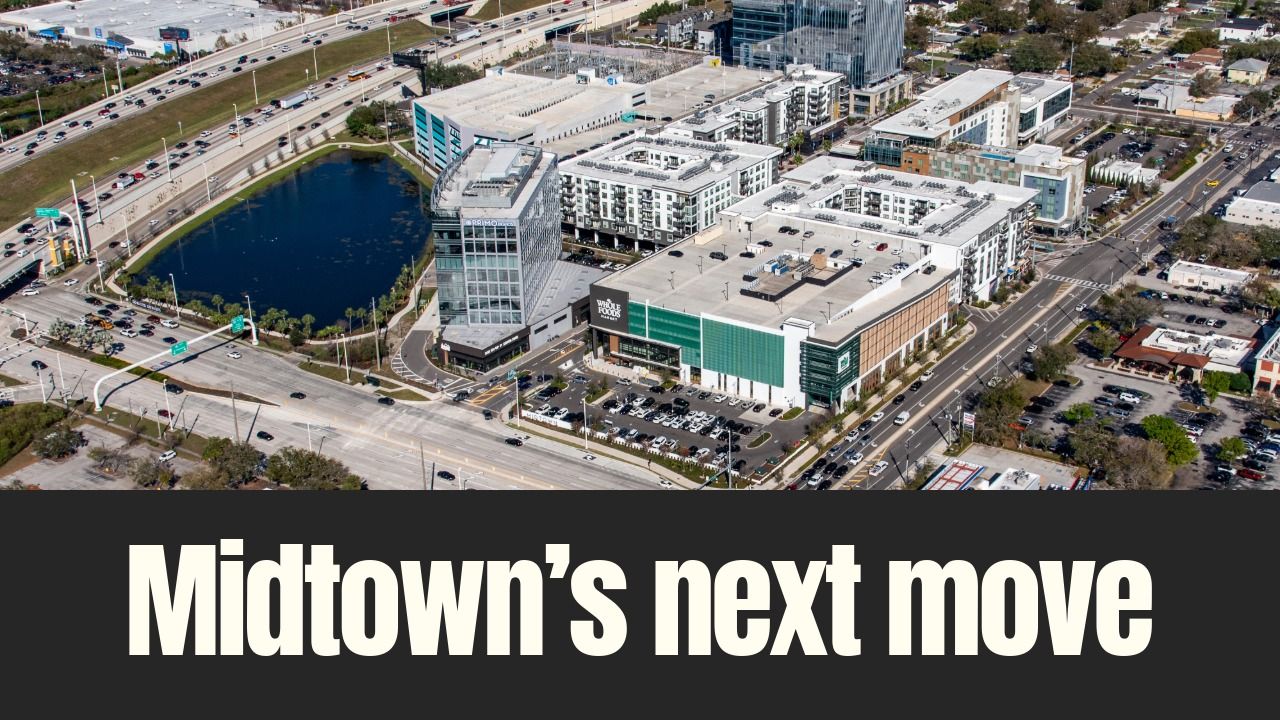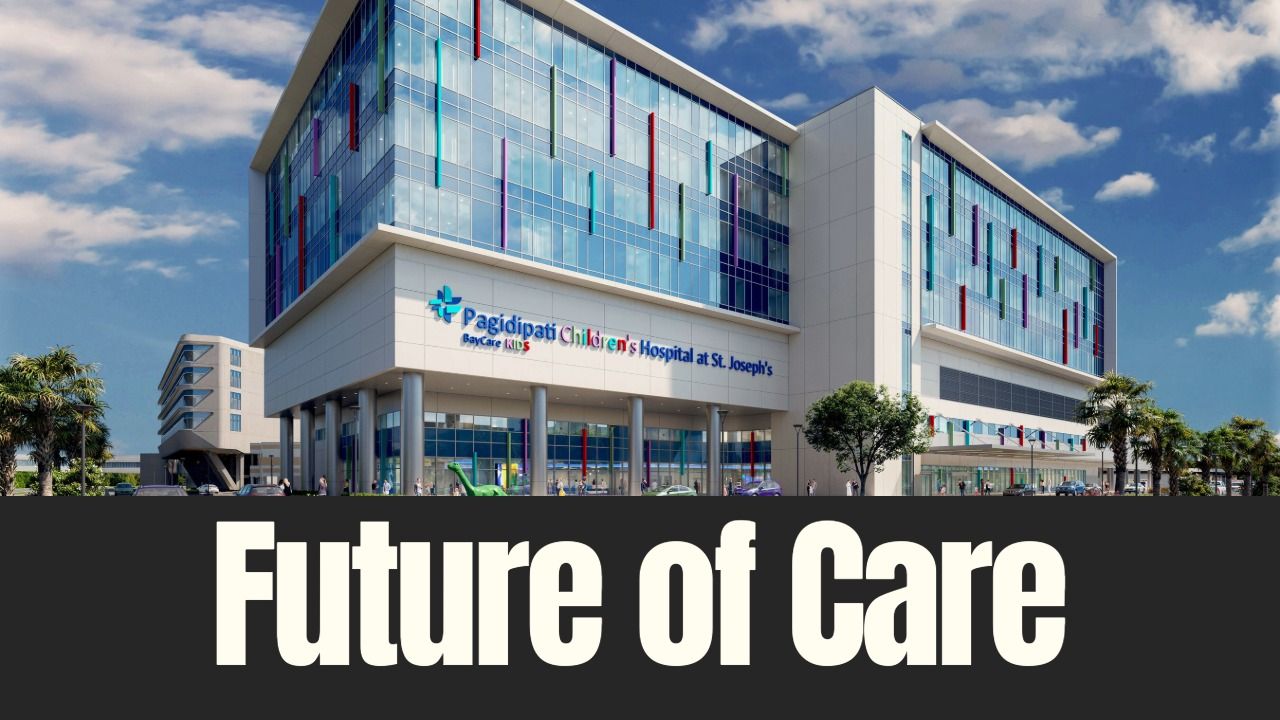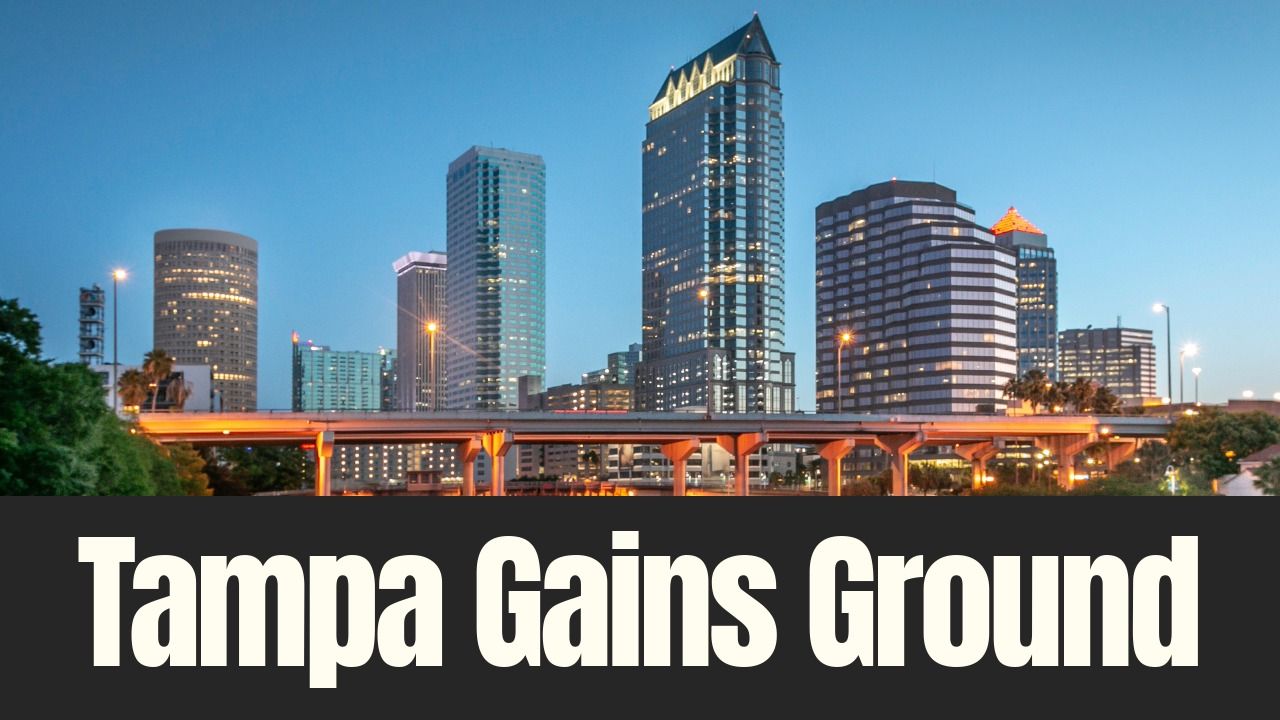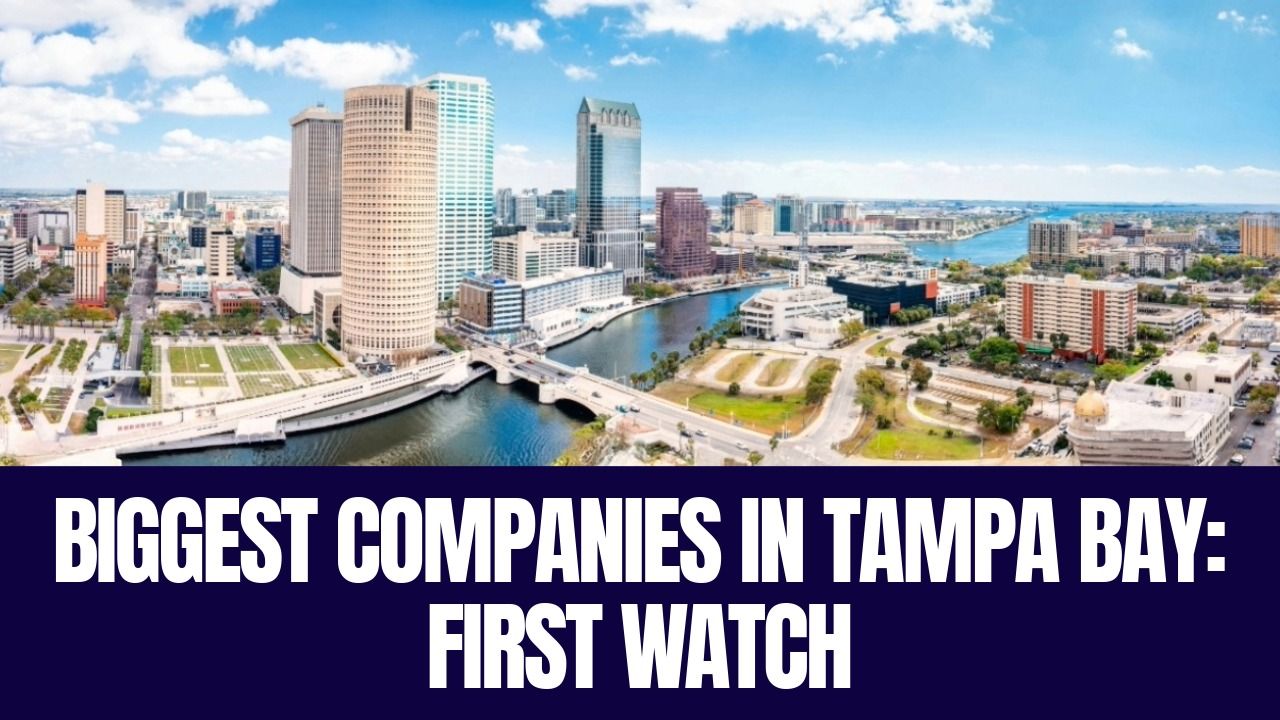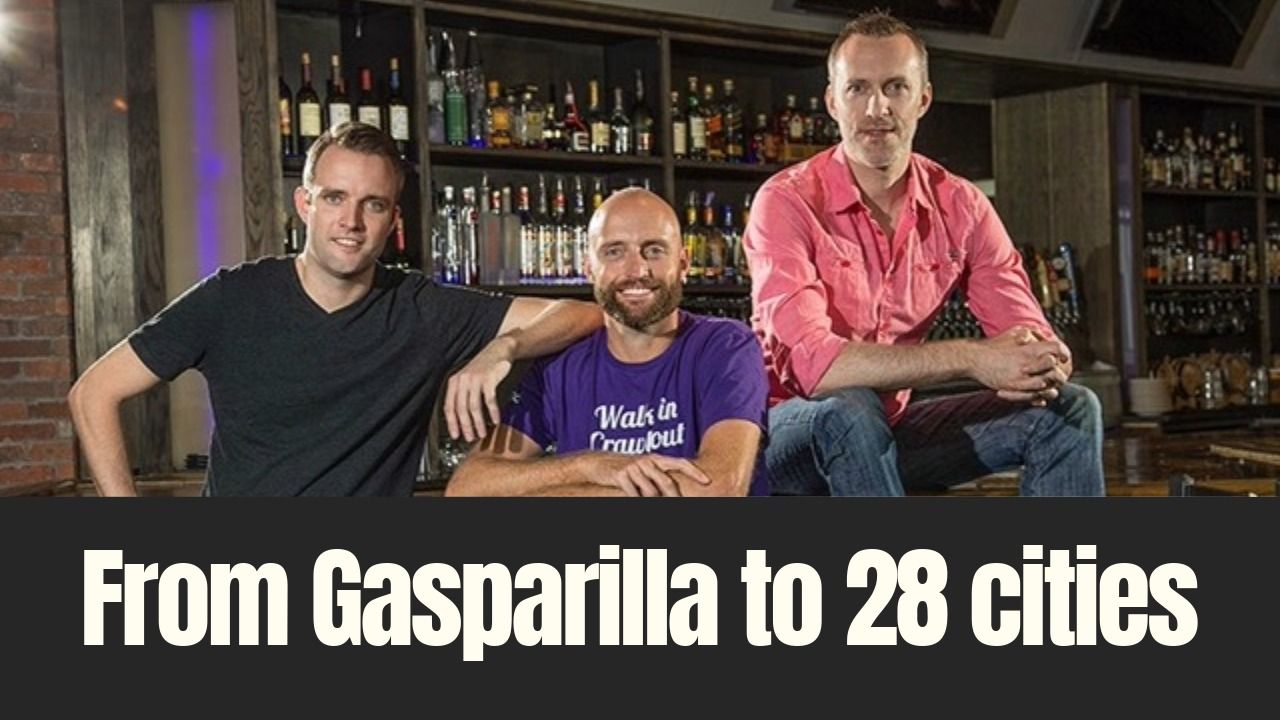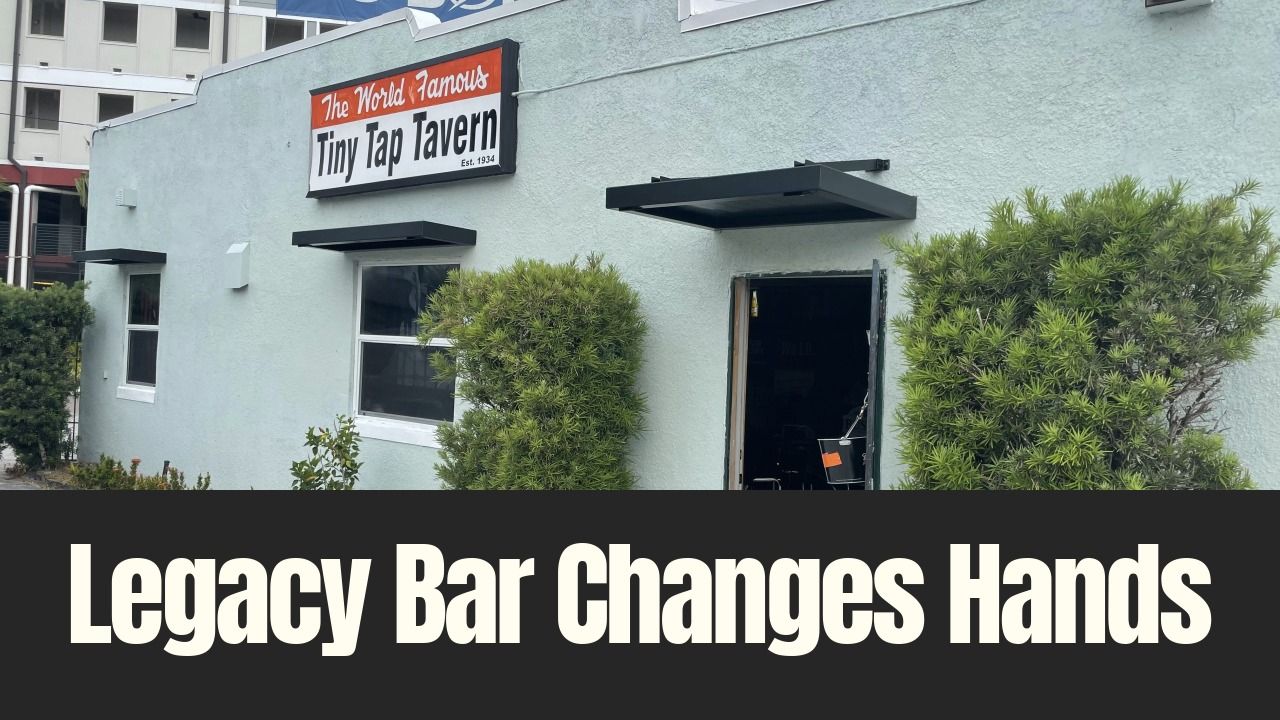As a high school student in Paris, Kentucky, Paul Leone helped out at his family’s 17-room Starlight Motor Court, sharing a room with his two brothers. These days, he’s still in the hotel business—as CEO of The Breakers in Palm Beach, one of the nation’s grandest hotels since it opened in 1926.
The Breakers and the family behind it are not only a multigenerational business success story, but a key part of South Florida history.
Railroad pioneer Henry Morrison Flagler opened his first hotel in Palm Beach, the Royal Poinciana along the Lake Worth Lagoon, in 1894, but then visitors wanted a place over “by the breakers” of the Atlantic Ocean. The first incarnation of The Breakers, a wooden hotel, opened in 1901, but burned down in 1903. A second version burned in 1925, which led to the current concrete structure, which is an Italian Renaissance masterpiece.
These days, Leone and Flagler’s heirs, the Kenan family, strive to make it cutting-edge for guests and associates while nurturing the charm of its historic roots.
Leone gave SFBW a tour of the historic hotel and sat down for an interview in HMF, a club-style restaurant and lounge that combines the history of the hotel’s Florentine Room off the main lobby with a small plate-oriented global cuisine—and arguably the best opportunity for people-watching in the town of Palm Beach.
One example of The Breakers’ philosophy came as Leone walked down a hallway and said it was set for refurbishment. Most visitors and hotel owners would look at it and say it looks fine, but Leone pointed out some light stains in the carpeting and furniture that had become stylistically dated. While he wasn’t about to touch one of the original antique pieces in the hallway, it was another opportunity to add the touches of the modern Italian style that melds seamlessly with the hotel’s Italian Renaissance roots.
“We learned a hard-but-extremely valuable lesson in the ’80s when this property had fallen behind. One of the lessons is, it’s really hard to play catch up. You don’t want to fall behind in any way shape or form,” he says. “People in the industry are baffled about the amount we invest in this property—at probably three or four times the level of typical independent properties. We keep rolling out new products to keep things fresh and relevant.”
In June, workers were busy renovating the Ocean Course, which is being redesigned by famed golf course architect Rees Jones. His work on the Breakers West course won Golf Inc.’s Renovation of the Year award in 2005.
“We looked at it and said the game of golf has changed,” Leone says. Current trends in golf work against courses that are too difficult and take too long to play. The redesigned Ocean Course will offer flexibility, such as nine- or 12-hole rounds when completed.
There’s also thoughtful design in the hotel’s Seafood Bar, which debuted in 2016. Patrons get a great view of the Atlantic Ocean as they sit at the bar, but if they want to get a closeup look at saltwater fish, they can just look under their fingertips. The bar top is made up of a long horizontal aquarium.
From hotels to accounting and back
Leone’s venture into the hotel business started in 1974 when his mother remarried and they started a new life in Kentucky. His stepfather had hotel experience and the family operated the Starlight Motor Court, which had a 50-seat restaurant.
“I didn’t realize back then how relevant that would be to running the 538-room world class Breakers today,” he says. “What they had in common was treating every customer like they were a guest in our house. The service in the Starlight for $15 a night was just as good as the service here.”
Leone started his career in accounting, though, not hospitality. He followed in the footsteps of his uncle Lou, who was the only person in the family who had graduated from college. After graduating from the University of Kentucky, Leone joined the Coopers & Lybrand accounting firm in Louisville. After 2½ years, the firm let him take a year off to help out his family, which had bought a 100-room roadside hotel off the interstate in northern Florida. The family had three properties, and Leone says he and his younger brother basically ran the hotel and a 250-seat restaurant at ages 26 and 25.
“I realized I liked the business but wanted to do something more significant than mom and pop,” he says. Leone had familiarity with South Florida since the family had a small motel in Fort Lauderdale. He rejoined Coopers and transferred to West Palm Beach, seeking a bigger market.
At the end of an audit report on The Breakers, Leone made a comment that the expanding hospitality operation didn’t have enough resources in accounting and finance.
“I figured they might call me and offer a job, and they did just that,” he said. “They liked the idea that I came from a small mom and pop hotel.”
He joined as controller in 1985 and subsequently was promoted to vice president and chief financial officer. By 1992, he was promoted to president of Flagler System Management and two years later, he added the title of president of The Breakers. In 2016, he was named CEO.
A family legacy
The hotel is owned by descendants of Henry Flagler’s third wife, whose maiden name was Mary Kenan. After Flagler’s death in 1913, she became one of the nation’s wealthiest women. Four years later, she died and she left the bulk of her fortune to her brother, William, and her two sisters.
For the past 32 years, James G. Kenan III has been chairman of Flagler System and Thomas S. Kenan III has been vice chairman. For the past 12 years, Leone also has been working with the next generation of the family.
“The common denominator is they want to hold on to this asset indefinitely. Therein comes the other part of the deal: We have to make it work for them financially, and we do. The Breakers is arguably the most successful large luxury resort in the country.”
Leone has to achieve a significant return on investment to justify the family’s continued ownership of the hotel, but there’s the family’s larger vision to make a difference in the lives of team members, customers and the community.
Leone doesn’t disclose revenue and profits, but says the hotel is nearly debt-free. He succinctly describes the business approach: “Family culture. Family care. Fortune 500 discipline.”
Family members have a considerable amount of financial expertise, he says. Many family members have attended the University of North Carolina, home of the Kenan-Flagler Business School.
The Fortune 500 approach at The Breakers means it has a formal board structure that encompasses audits, risk, benefits, compensation and investment committees. However, Leone can also pick up the phone and have a conversation with his chairman like this: “You know what? The lobby bar is killing me. I can’t take it anymore.”
The result of an initial five-minute conversation was the transformation of the Florentine Room into the HMF bar and restaurant. The intricately painted ceiling is still there, but the chandeliers on the ceiling are now complemented by tall, mid-century modern tripod lamps on the floor. There’s a long wooden bar with a traditional-looking clock behind it, but also groups of intimate seating areas with modern, stylish Italian furniture.
Just off HMF is the domed Circle Room, the scene of many wedding events. Each Sunday, it’s transformed into an elaborate buffet where the typical fare is topped by caviar, sushi, king crab legs, sushi and 30 desserts.
Leone said his sons asked him about the $115 base charge and how much money he makes. He explained that those who eat modestly, like his wife, are pretty profitable to the hotel, but those who return for plate after plate of lobster can tighten the margins quite a bit. His advice to a visitor: Take three hours and really enjoy it.
Corporate structure
The Breakers Palm Beach Inc. falls under a couple of parent companies that have had broad impact on the island.
At the top is Flagler System, which once included Flagler’s railroad, hotels, two steamship companies and land holdings. Flagler System Management is the subsidiary that owns The Breakers and Breakers West Country Club and operates Breakers Row, the 88 luxury apartments next to the hotel.
Flagler System Management manages 2 N. Breakers Row, as well as a small shopping center in Chapel Hill, North Carolina, some land in Virginia, an auto dealership site near Palm Beach International Airport and two office buildings in Palm Beach, which are used by the hotel for HR, accounting and marketing functions.
Recently, Flagler System partnered with the Frisbie family on Royal Poinciana Palm Beach, a shopping, dining and condominium development being built on the former site of Testa’s Restaurant on Royal Poinciana Way. The Breakers acquired the rights to 18,000 square feet of commercial space, where it will operate a restaurant and seven or eight retail shops. The site, which is across the street from the hotel’s golf course, has been cleared and Leone said completion will probably be near December 2019.
Leone says some businesses along the street were struggling, and he and the Kenans wanted to be involved in revitalizing the neighborhood.
Social impact
Looking out for its neighbors is an example of The Breakers’ broad vision, which includes an annual social impact report (available at issuu.com) that encompasses employee well-being, the environment and giving back to the community.
Leone says the initiative began in 2004, when board member Garrett Kirk challenged leadership to take employee wellness to the next level. The effort launched a Corporate Athlete program and now includes a full-day health and fitness expo and a program to help employees with backup care for elders and children. Team members logged 591,899 minutes of activity in a year and 62 members have climbed enough stairs in the hotel to be equivalent to scaling Mount Everest, the social impact report says. Fresh fruit is offered for snacks.
Leone likes to walk the talk and was part of the Corporate Athlete program’s first graduating class.
“We really have been relentless in that wellness effort. A, because it’s the right thing to do, and, B, it’s really good for investment,” Leone says. Health care costs for The Breakers over the past 10 years grew at a rate that was 30 percent less than national average. “You are talking millions of dollars on thousands of lives.”
The Breakers has best-in-class turnover and productivity, and managers are expected to be mentors, Leone says.
The Breakers gives associates 16 hours a year to volunteer for community service, which often is done on a team basis. The past year, Breakers associates put in almost 26,000 hours of community service with 140 agencies at 6,000 events.
Employees develop a sense of pride and get a lot of positive feedback from the community, Leone says.
The Breakers also emphasizes work-life balance. One way that’s possible is a high staffing ratio, which provides better service to guests and more flexibility in schedules, Leone says. Double shifts are common in the hotel industry, but the staffing level means employees can volunteer for shifts rather than being forced to do so.
He credits the Kenans with helping work out his own work-life balance, which includes time with his wife and four sons. He tries to attend Mass every day and do some sort of exercise to counter his former tendency to be a workaholic.
“I think for everyone that you can’t have your best energy or work at home if you don’t have your priorities in order and take care of all of those things,” he says. “I have more energy than ever. Not just because of physical part. I’m in balance. I know I’ve taken care of my faith, my family and myself.”
Kirk also was a driving force in The Breakers environmental stewardship, Leone says.
“He wants to save the planet. He wants to save the rivers, trees. He wants to solve the income inequality issue and everything in between,” Leone says.
Around the year 2000, The Breakers spent several million dollars to sink a well more than 1,000 feet into the Floridan Aquifer, which has undrinkable water, and installed a reverse osmosis system to treat the water for irrigation. That saves over 100 million a year in potable water and has had strong ROI, Leone says.
The hotel has installed LED light bulbs and window film to help reduce energy costs. A control room can monitor energy use and turn off systems that don’t need to be on.
About 10 years ago, a chef at The Breakers wondered why the hotel couldn’t serve fresh mangoes like he had in his backyard. That led Geoff Sagrans, assistant director of materials management, to found Localecopia, a nonprofit organization that brings together businesses, agricultural producers, educators and government organizations to support local product consumption and lower the carbon footprint.
The hotel has a green market on Fridays, at which team members can buy fresh produce.
Localecopia volunteers also go to 13 schools, often in low income areas, to help teach students about sustainability and healthy eating.
The efforts have resulted in broad recognition for Leone and The Breakers.
He received the World Leaders Group Servant Award in 2014 and was named Independent Hotelier of the Year in 2013 by Hotels magazine. The Breakers is one of ten Five Diamond hotels in Florida, as rated by AAA. It has a 4.5 rating (out of 5) on TripAdvisor.
All these efforts have also paid off with an immense amount of goodwill, which might be the hotel’s biggest asset if it ever were quantified, Leone says. “People want to do business with us,” he says. “People want to work with us. People sing our praises. They sell our business for us.”


